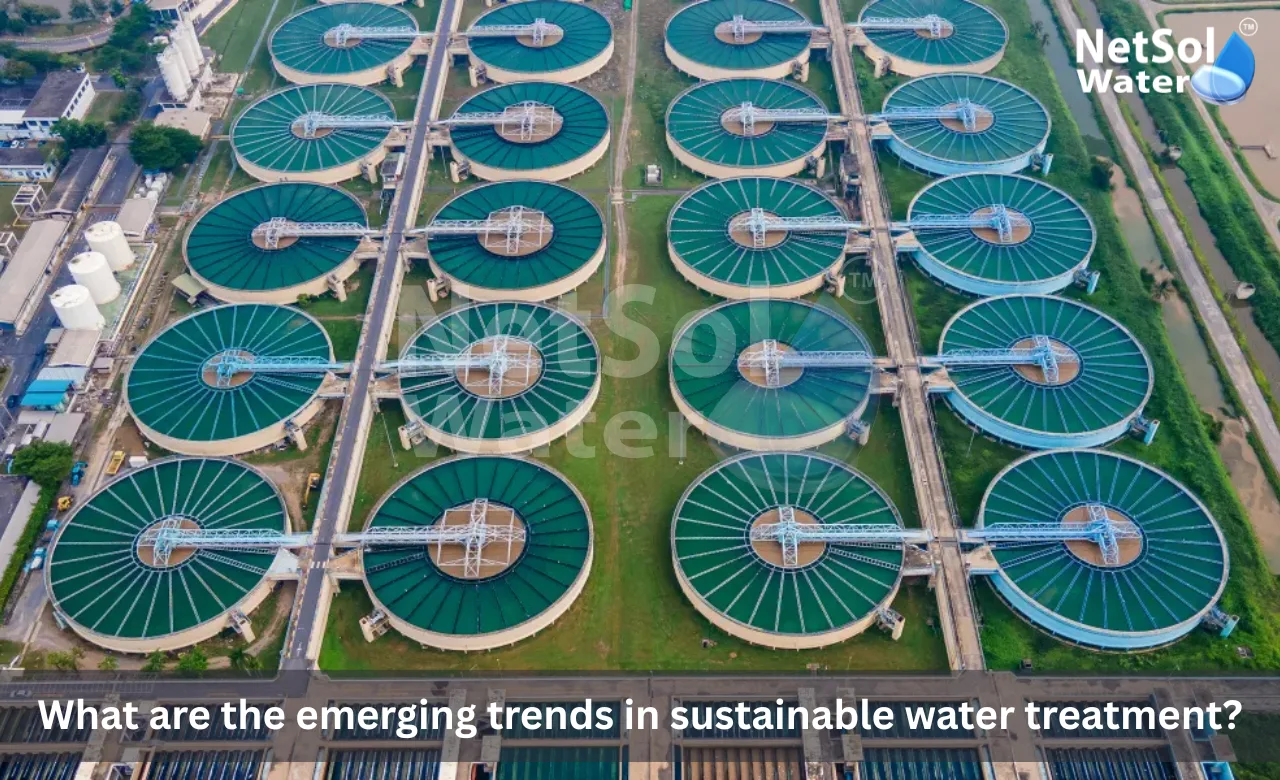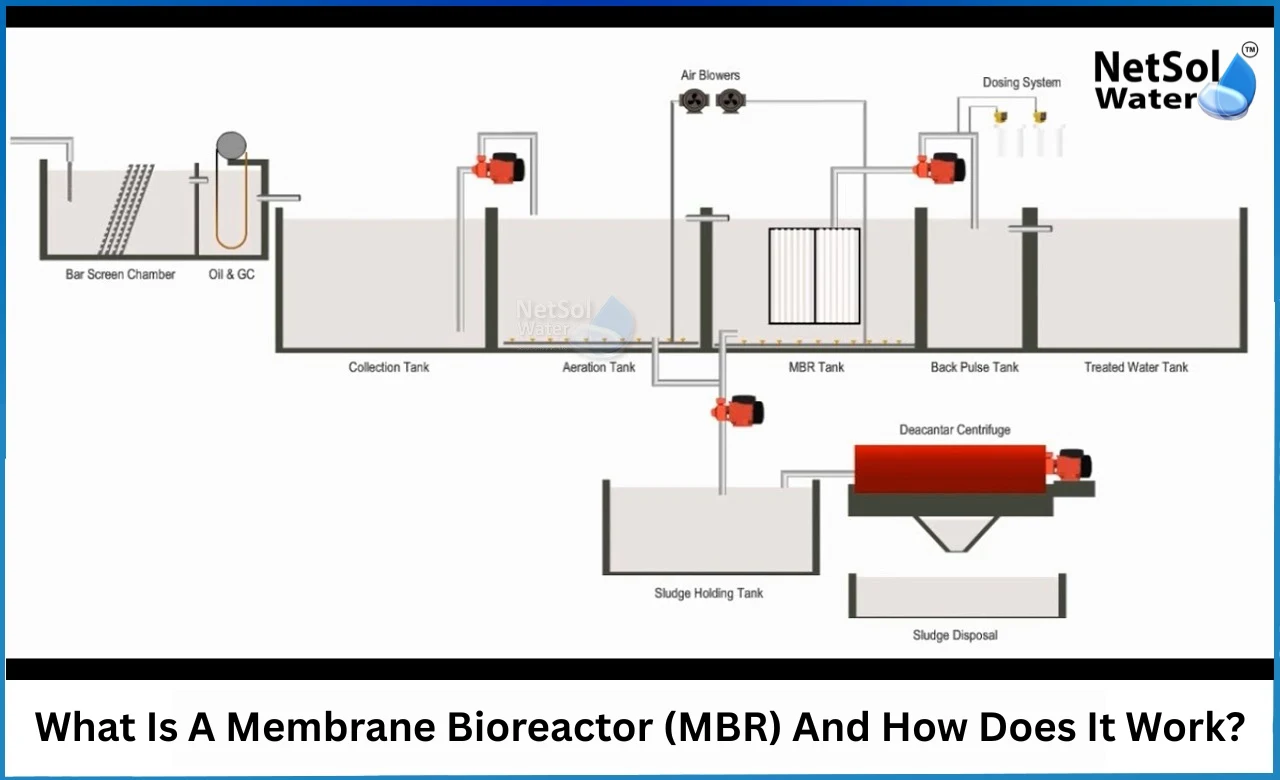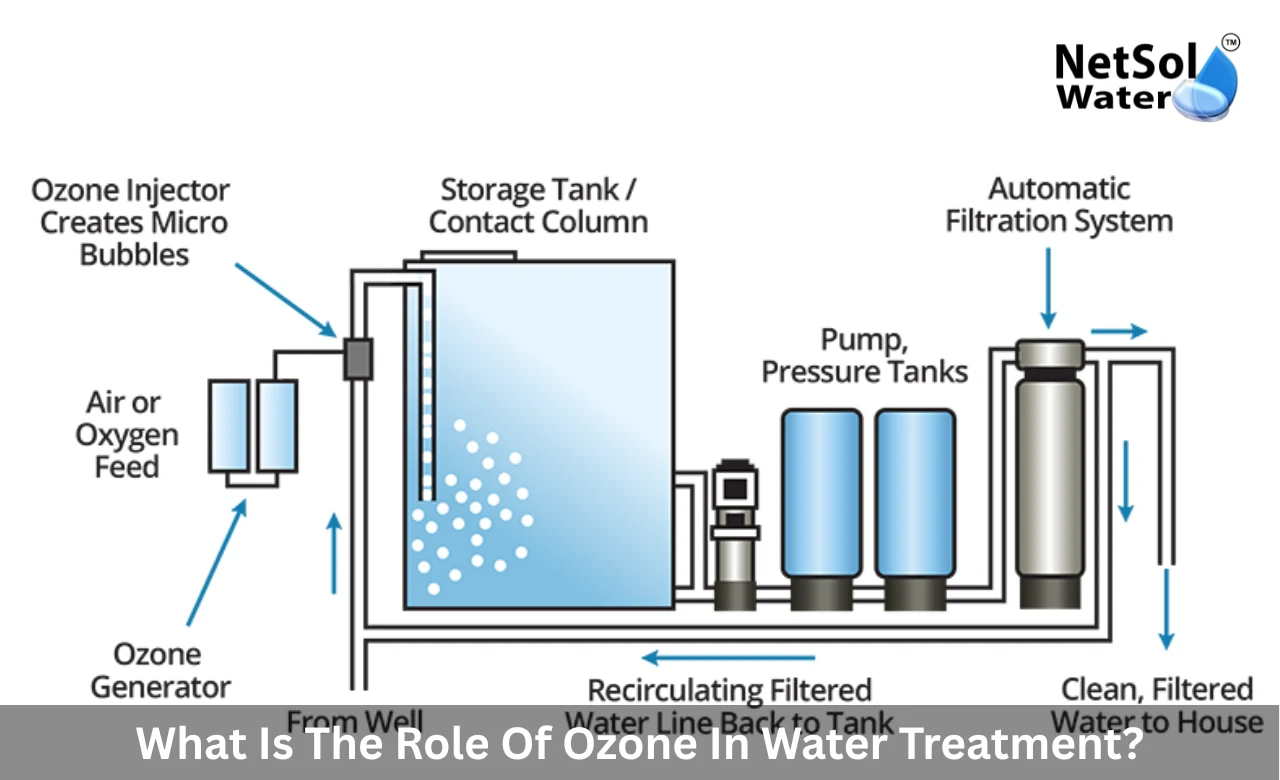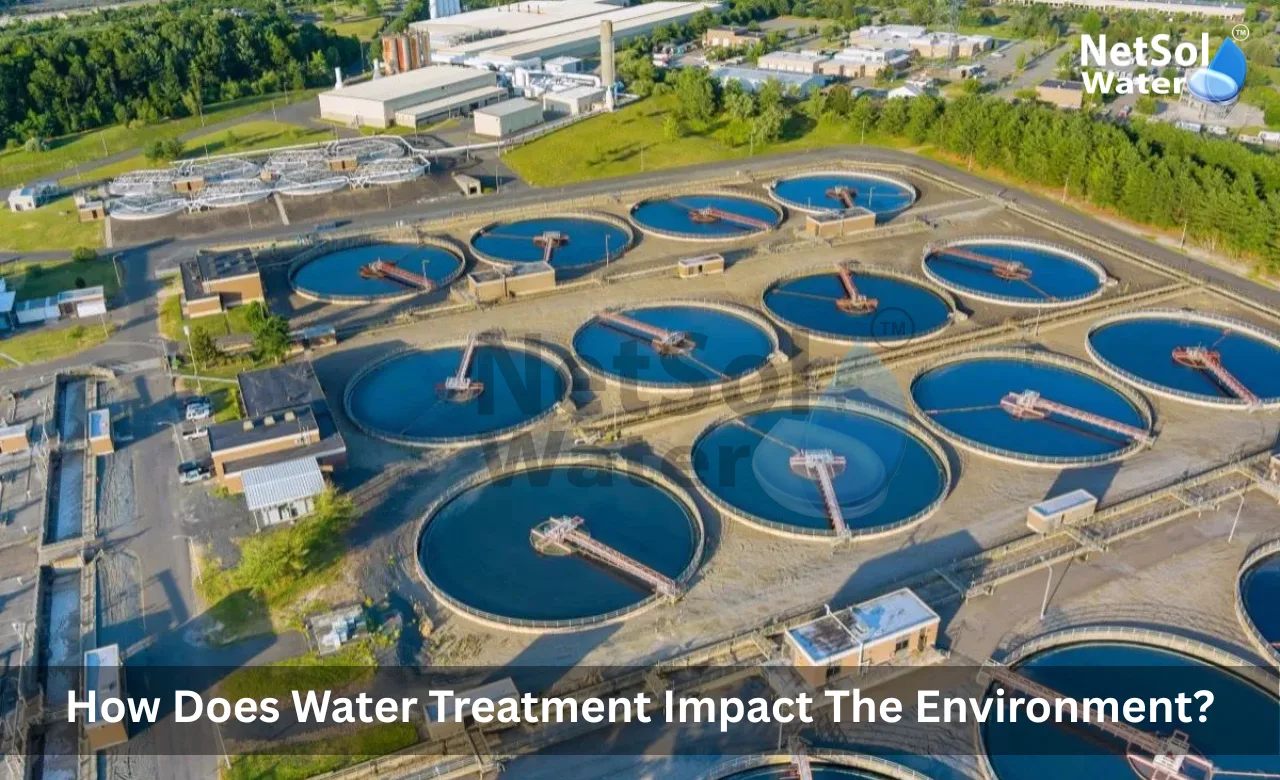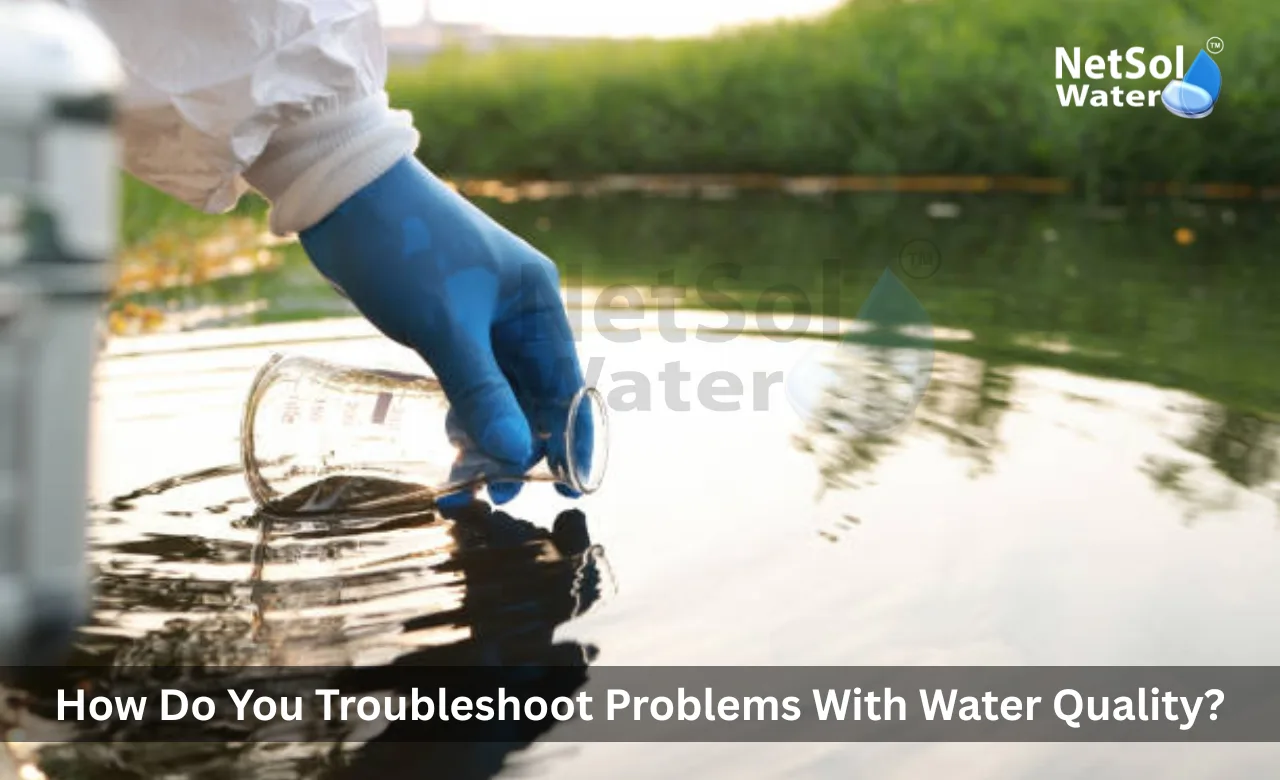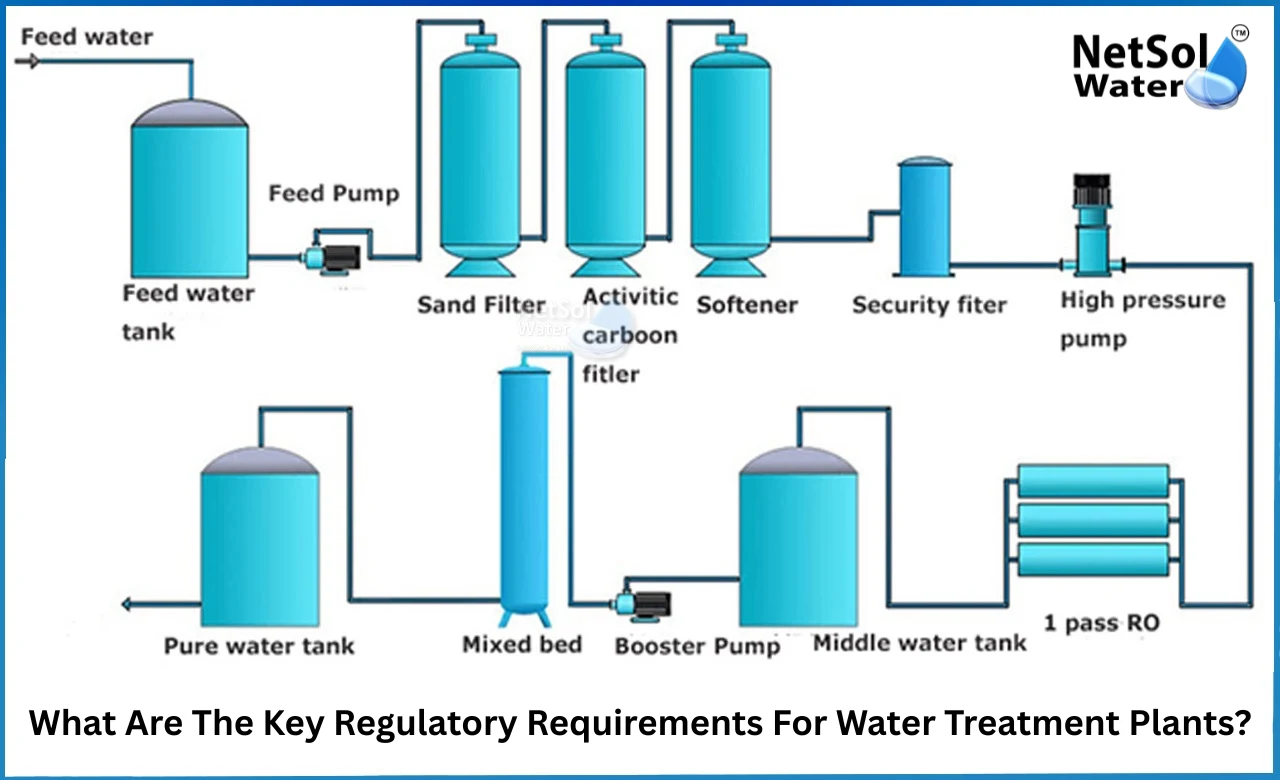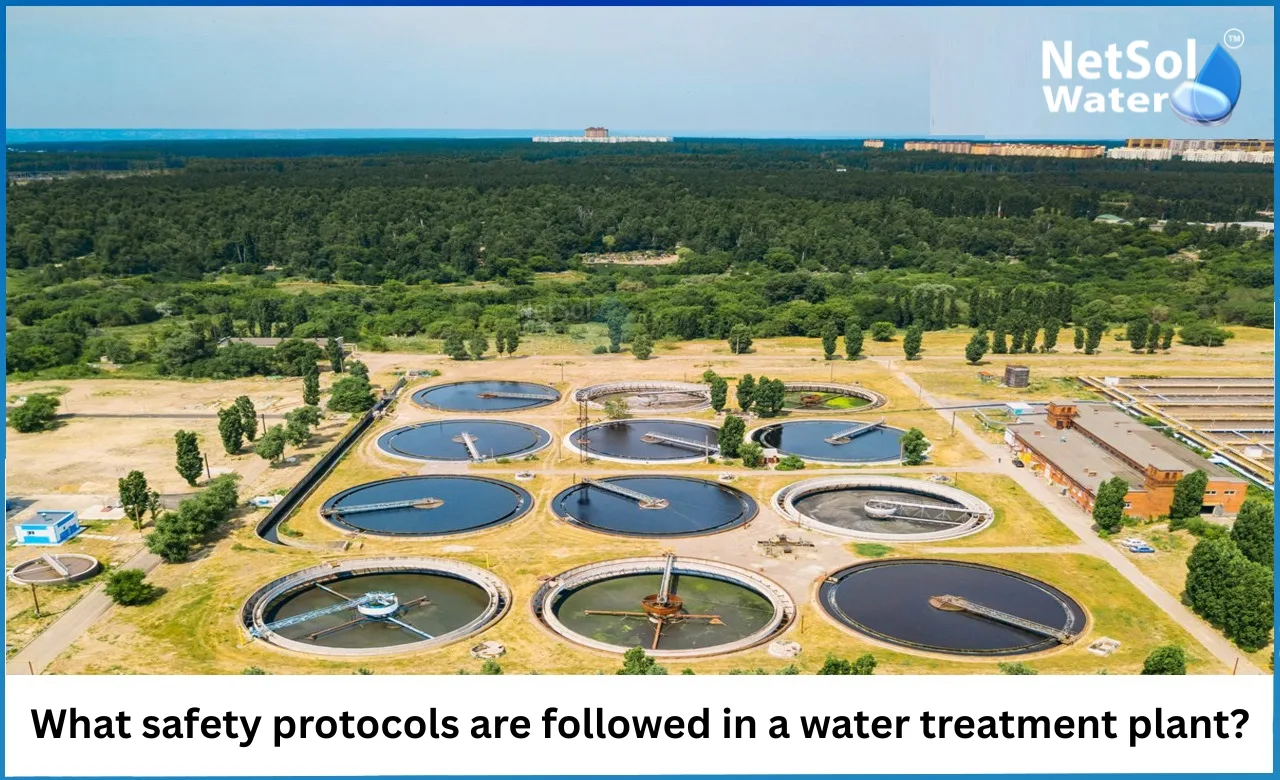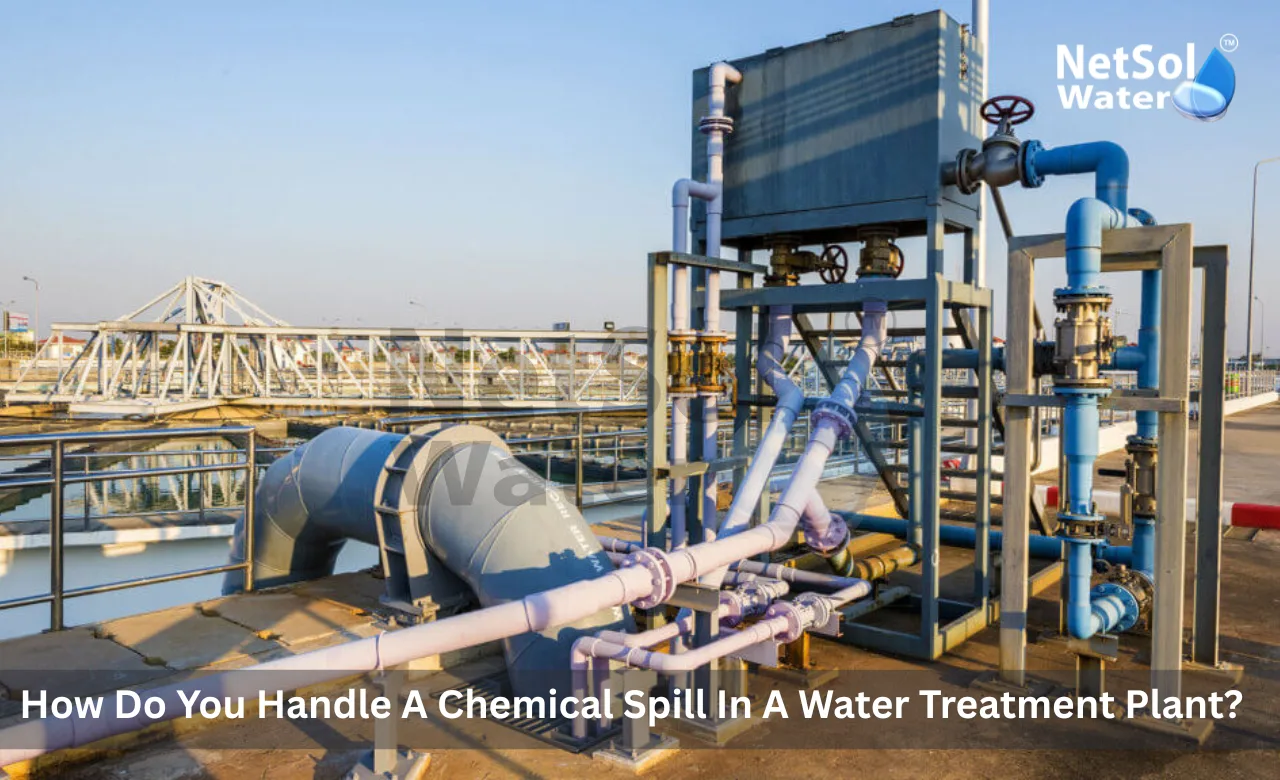What are the emerging trends in sustainable water treatment?
Sustainable water treatment grows in importance across cities and industries. People need clean water for homes, farms, and factories. Water Treatment Plants help remove pollutants and make water safe to use again. Netsol Water is the leading Water Treatment Plant Manufacturer. The company makes plants that serve homes and businesses in many places.
Energy Efficient Design and Renewable Power
Energy use shapes how sustainable a plant can be. Lowering energy use and adding renewable power reduces cost and carbon emissions. Let us have a look on some solutions that plants can use now and in the near future.
Solar Powered Treatment
Solar panels now power pumps fans and control systems at many water plants. Solar reduces the need for grid electricity. This lowers running cost and reduces the carbon footprint of treatment. Plants place panels on open land or on the roofs of buildings. They may use batteries to store power for night time or cloudy days. Solar links well with simpler systems and with storage. Small plants may meet all their daytime needs with solar. Larger plants can meet part of their load. The use of solar also helps remote sites that lack stable grid power. Installers plan panels and batteries to match pump schedules and peak loads. This planning improves reliability and makes operation smooth.
Energy Recovery and Optimization
Modern plants use pumps and motors that perform better than older models. They also recover energy from treated water and from sludge. For example some plants capture heat from wastewater and use it for heating or drying. Other plants use variable speed drives and smart controllers to match pump speed to demand. This change reduces waste and extends equipment life. Operators use sensors and software to find the best times to run energy intensive steps. This reduces peak demand charges from the grid. In many cases the energy saved pays back the upgrade cost in a few years. This approach keeps plants working well while cutting cost and cutting environmental impact.
Advanced Biological and Membrane Technologies
Treatment must remove a wide range of pollutants. New biological methods and better membranes improve removal and reduce chemical use. Let us have a look on some of the key technologies that are shaping modern plants.
Membrane Bioreactors and Ultrafiltration
Membrane bioreactors combine biological treatment with membrane filtration. This process gives clear water that often meets strict discharge or reuse standards. The membranes block fine particles pathogens and some organic matter. Operators control fouling with clever cleaning cycles and with better membrane materials. Ultrafiltration and nanofiltration then polish water to higher clarity and lower turbidity. These steps let plants reuse water for irrigation cooling or even for industrial process use. The systems need proper monitoring and maintenance. When operators follow a good program the membranes last longer and perform better. The result is less chemical use and less sludge to handle. This reduces the load on disposal systems and it lowers ongoing costs.
Natural and Bioaugmentation Approaches
Natural systems use plants microbes and soils to clean water. Constructed wetlands and biofilters mimic natural wetlands and work well for many kinds of wastewater. These systems use less energy and fewer chemicals than many mechanical systems. Bioaugmentation adds specific microbes to speed the breakdown of tough pollutants. Operators choose strains that target persistent compounds. The combination of natural filters and carefully chosen microbes can remove nutrients and some complex organics. These methods also provide habitat and green space near plants. They suit smaller communities and industrial sites that want a low energy solution. When used with monitoring and periodic maintenance these natural approaches give steady long term performance.
Conclusion
Sustainable treatment moves fast and offers many options for modern Water Treatment Plants. New energy solutions advanced membranes and natural methods help plants reduce cost and protect the environment. Netsol Water is the leading Water Treatment Plant Manufacturer and it can advise on which technologies fit a site. If you manage a plant or plan a new project contact Netsol Water for a consultation. Ask for details on energy efficient designs membrane solutions or natural treatment options. A clear plan can make your plant cleaner greener and more cost effective. Contact the team to learn how to improve your Water Treatment Plants today.
Contact Netsol Water at:
Phone: +91-9650608473
Email: enquiry@netsolwater.com

